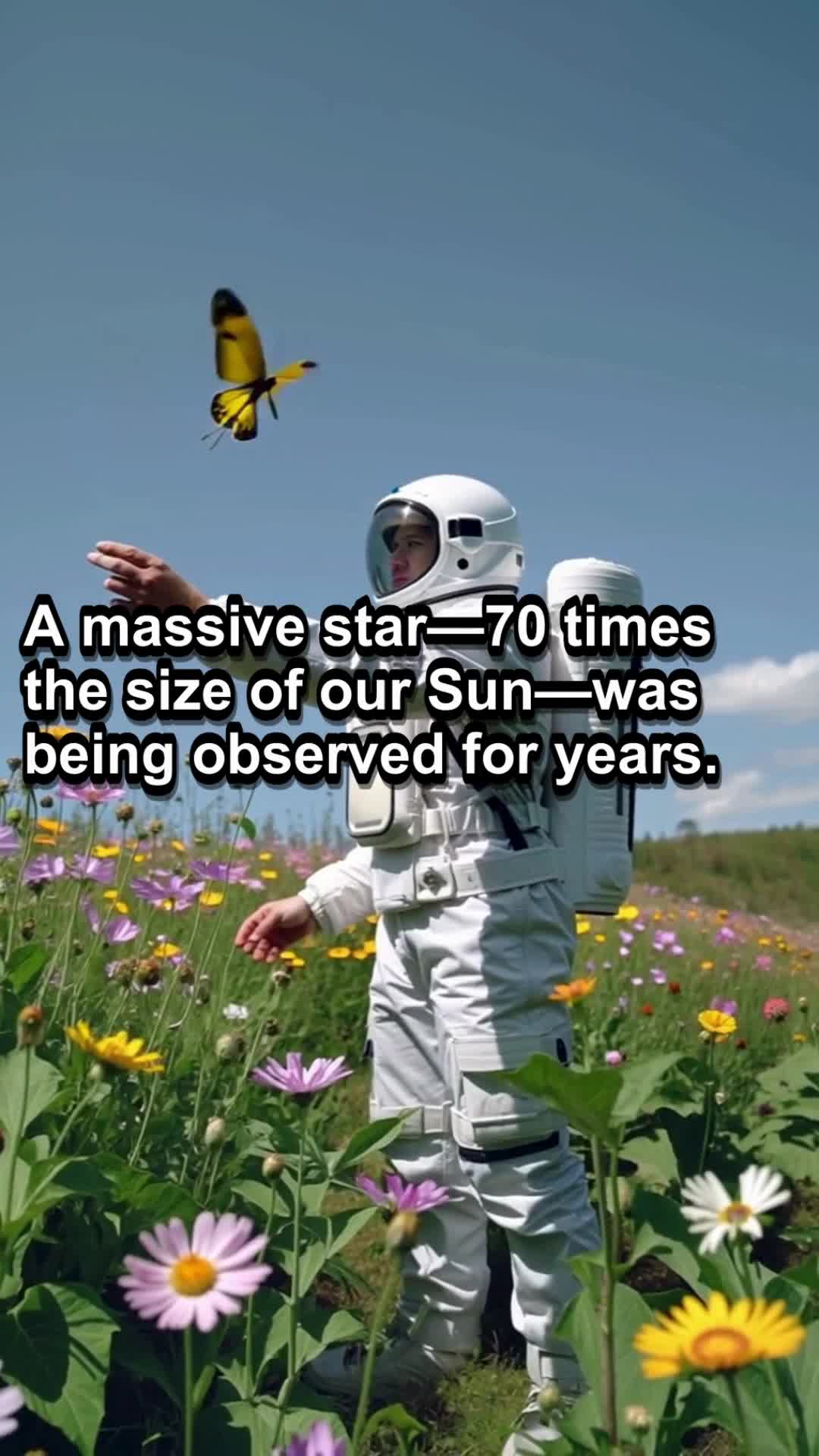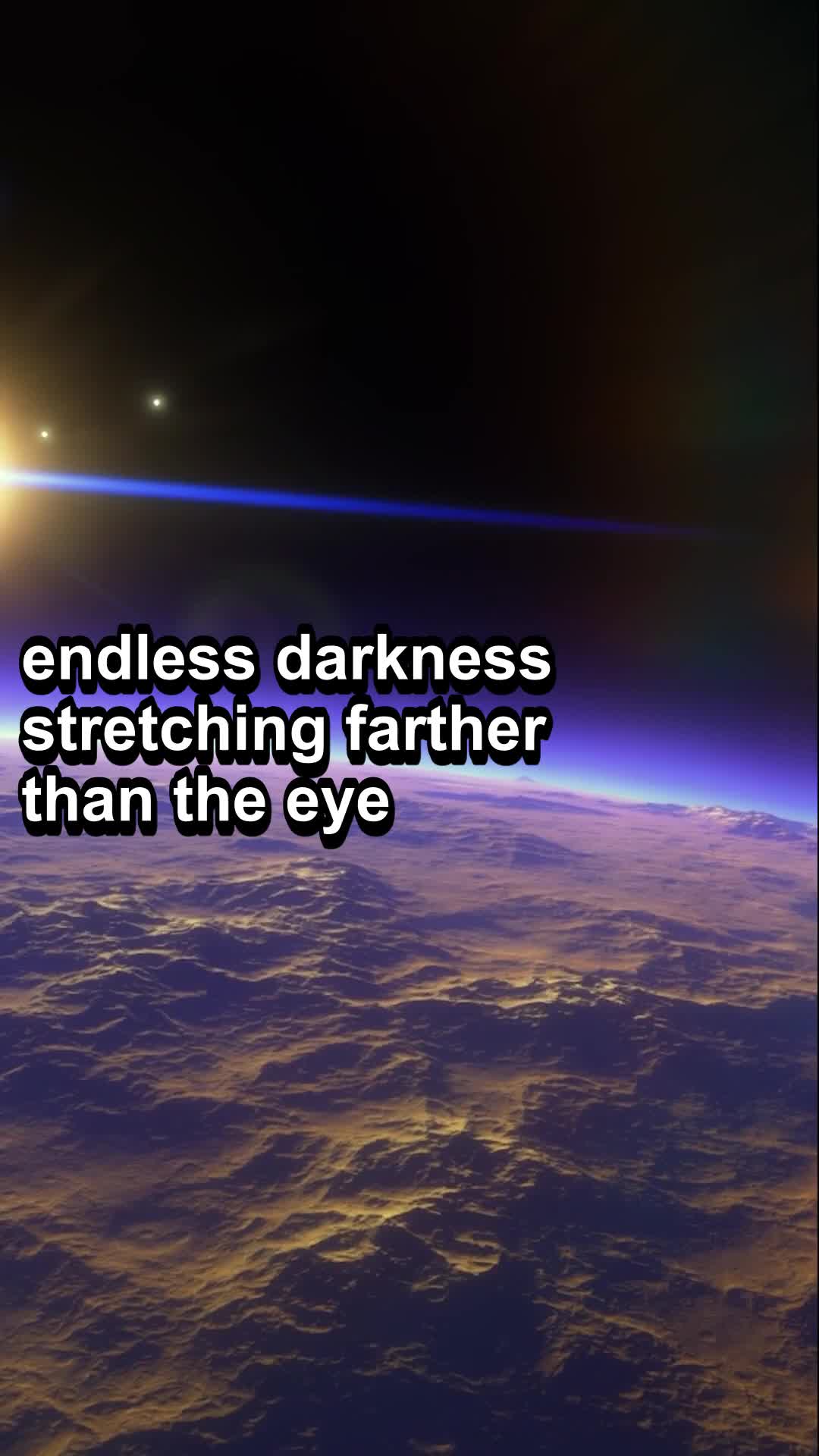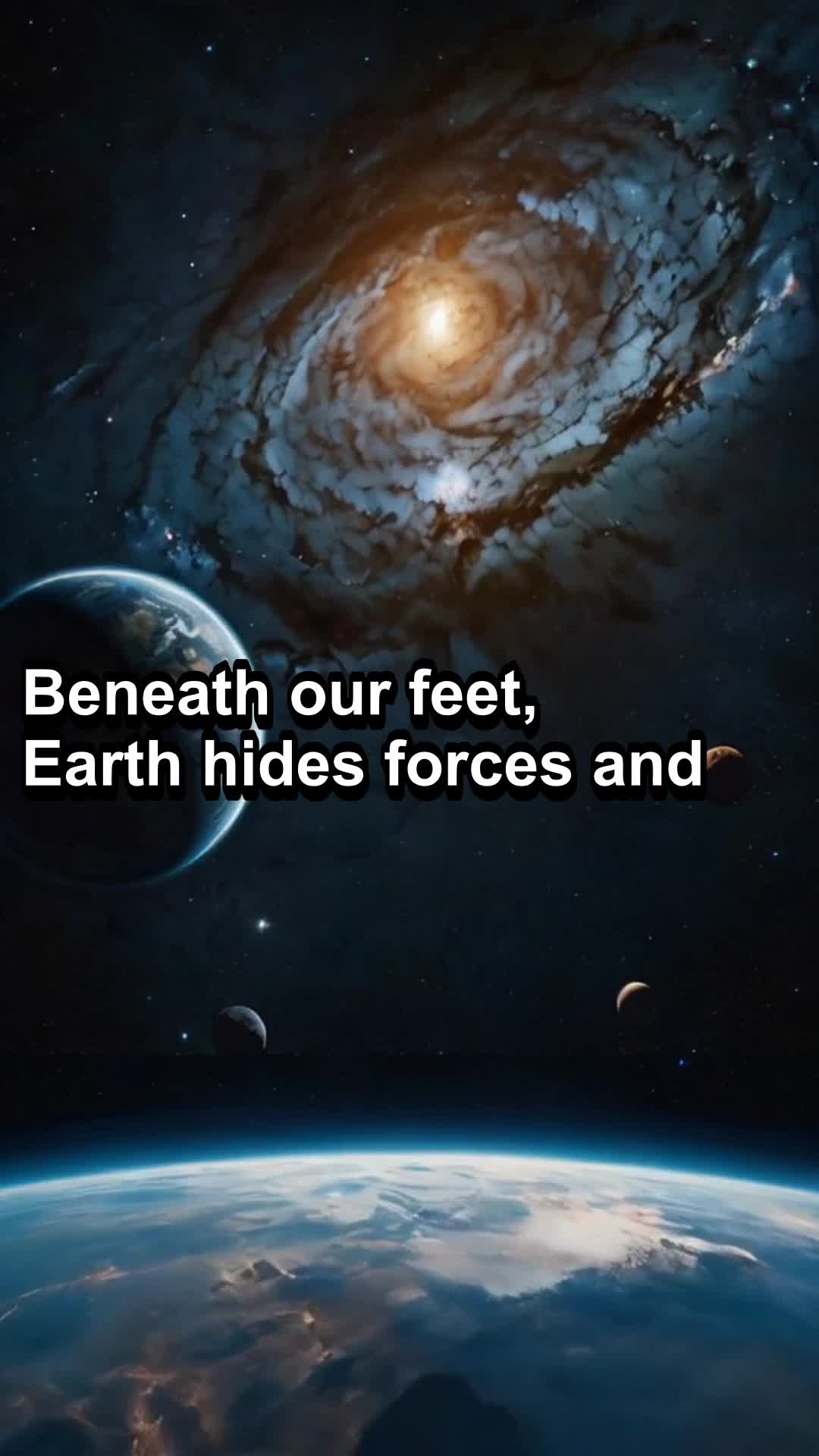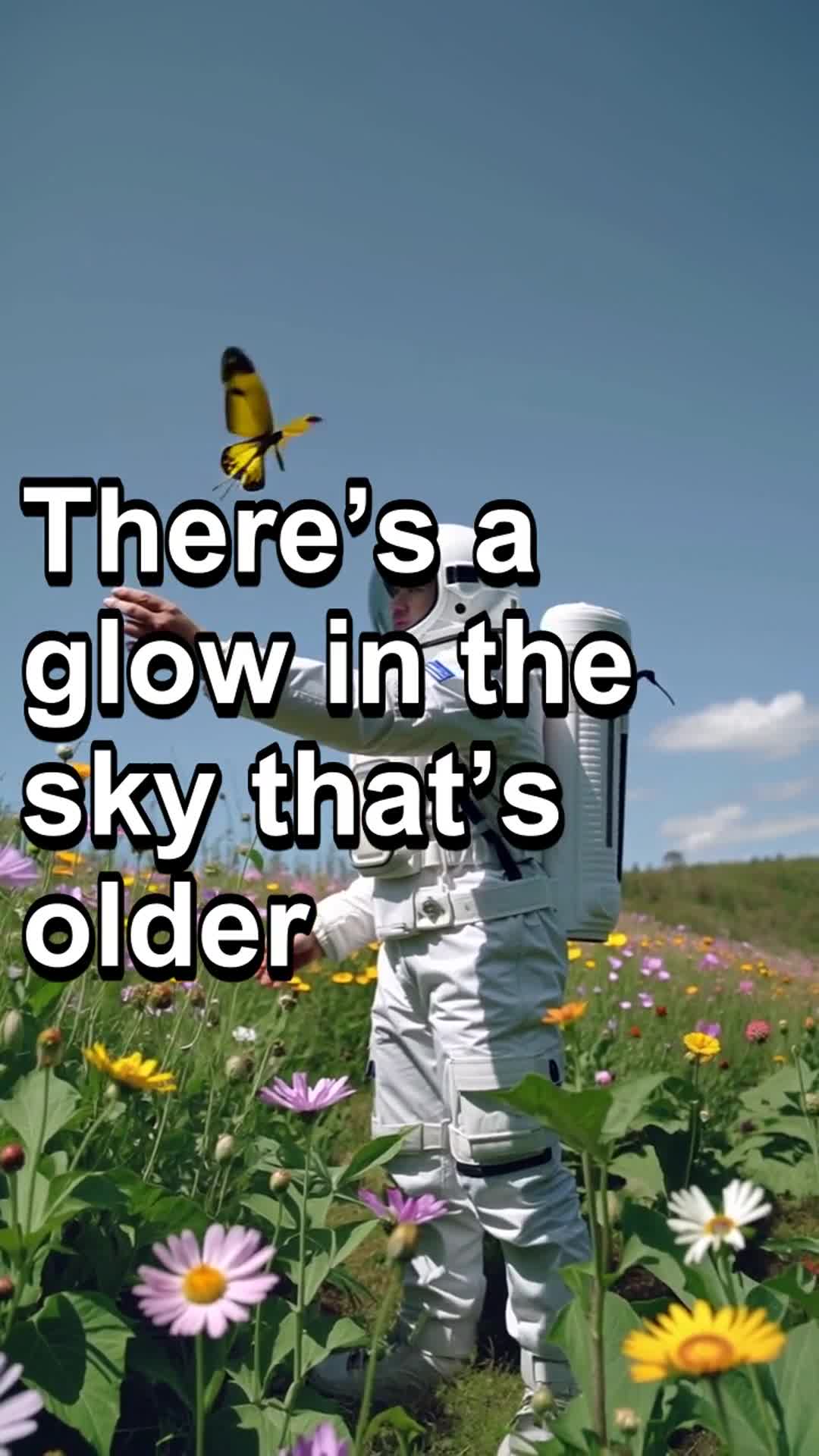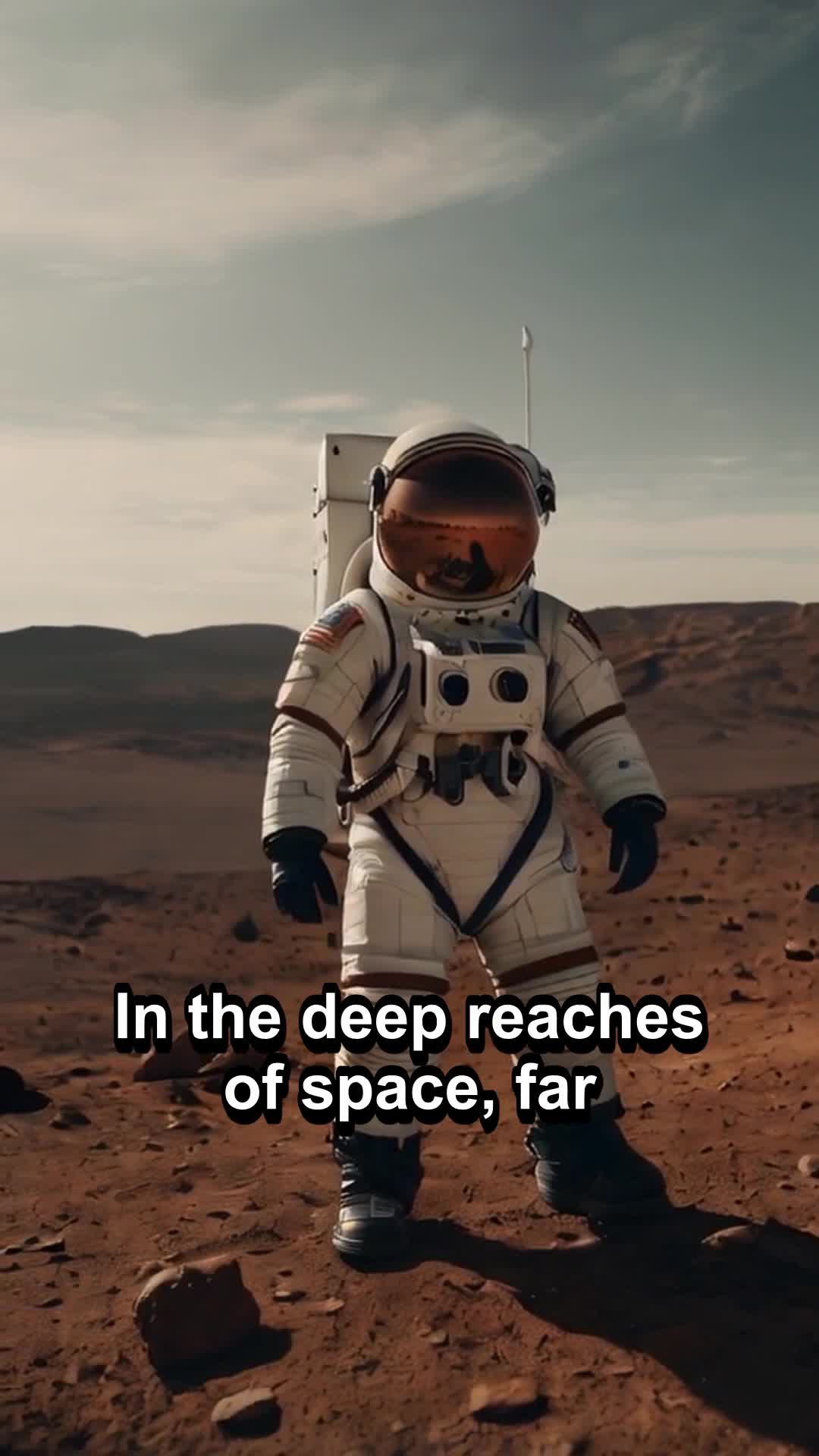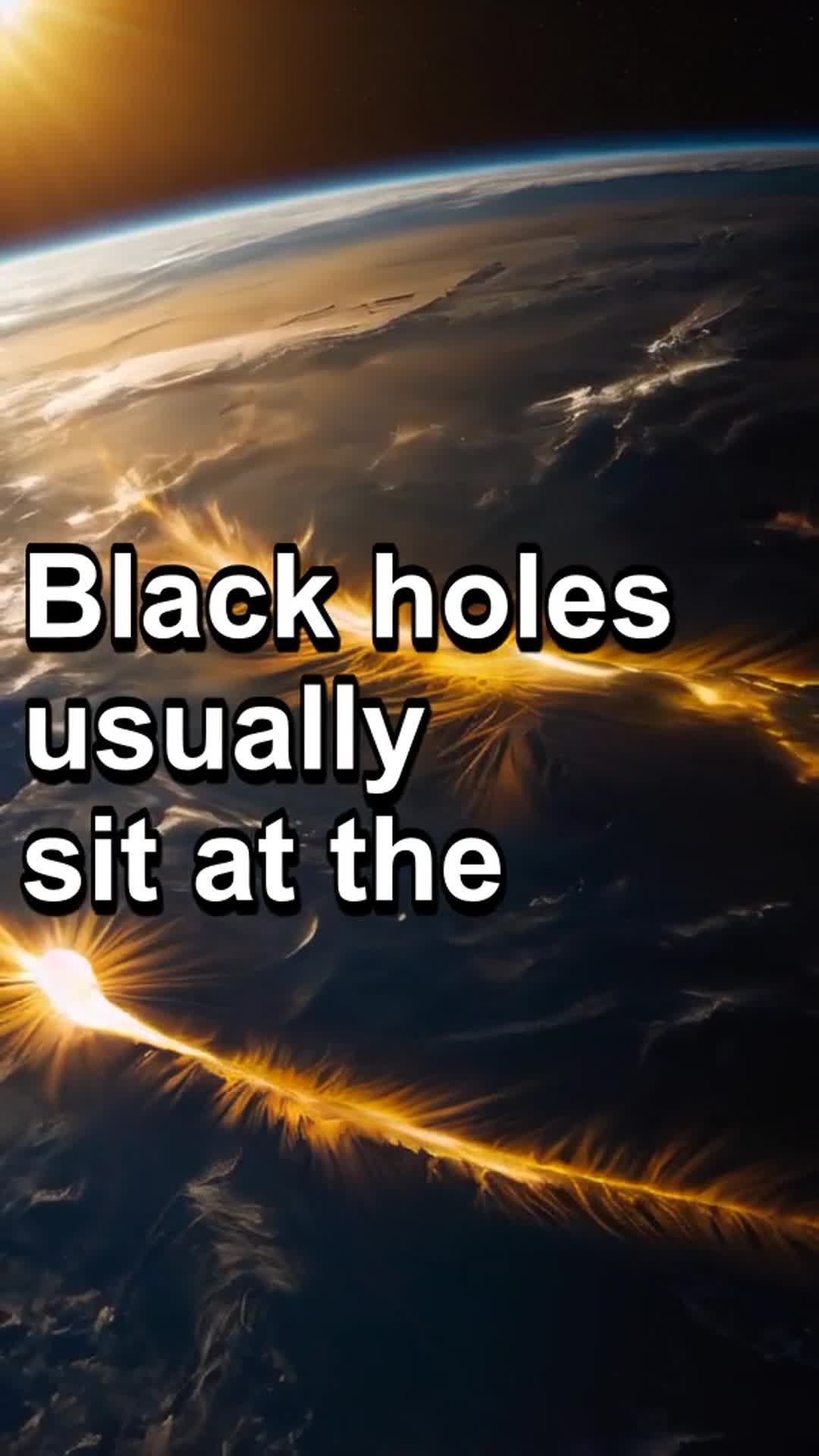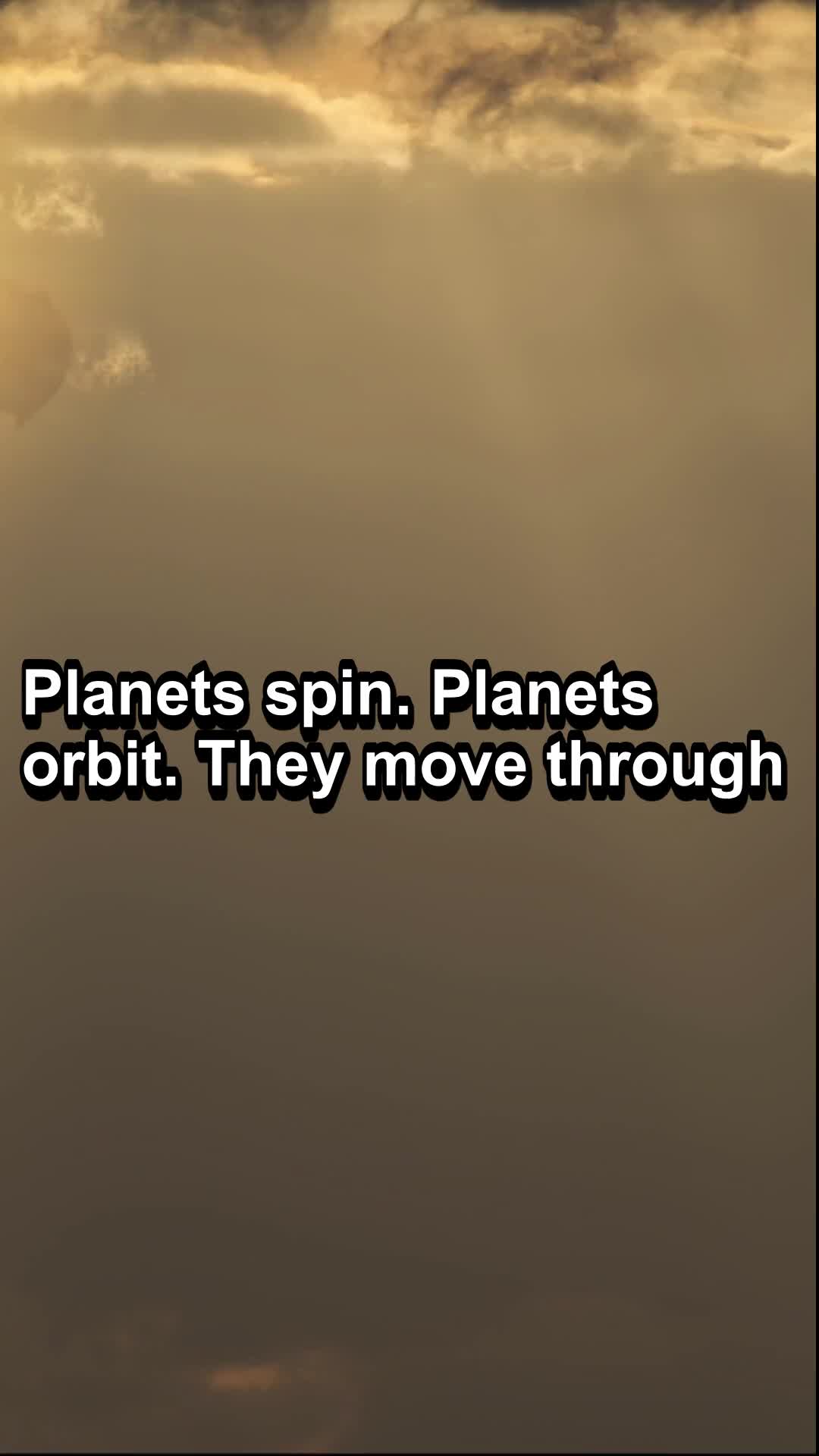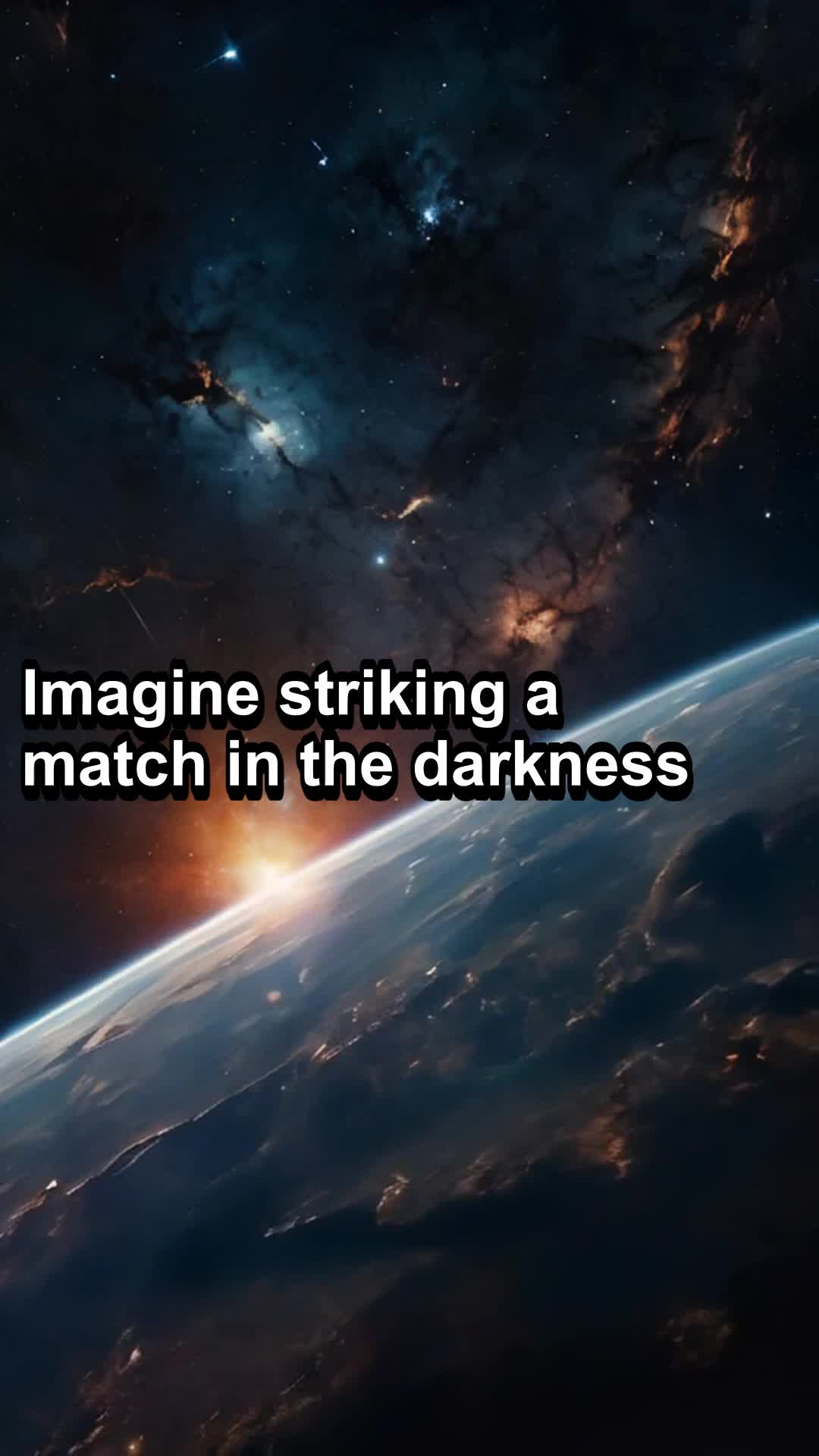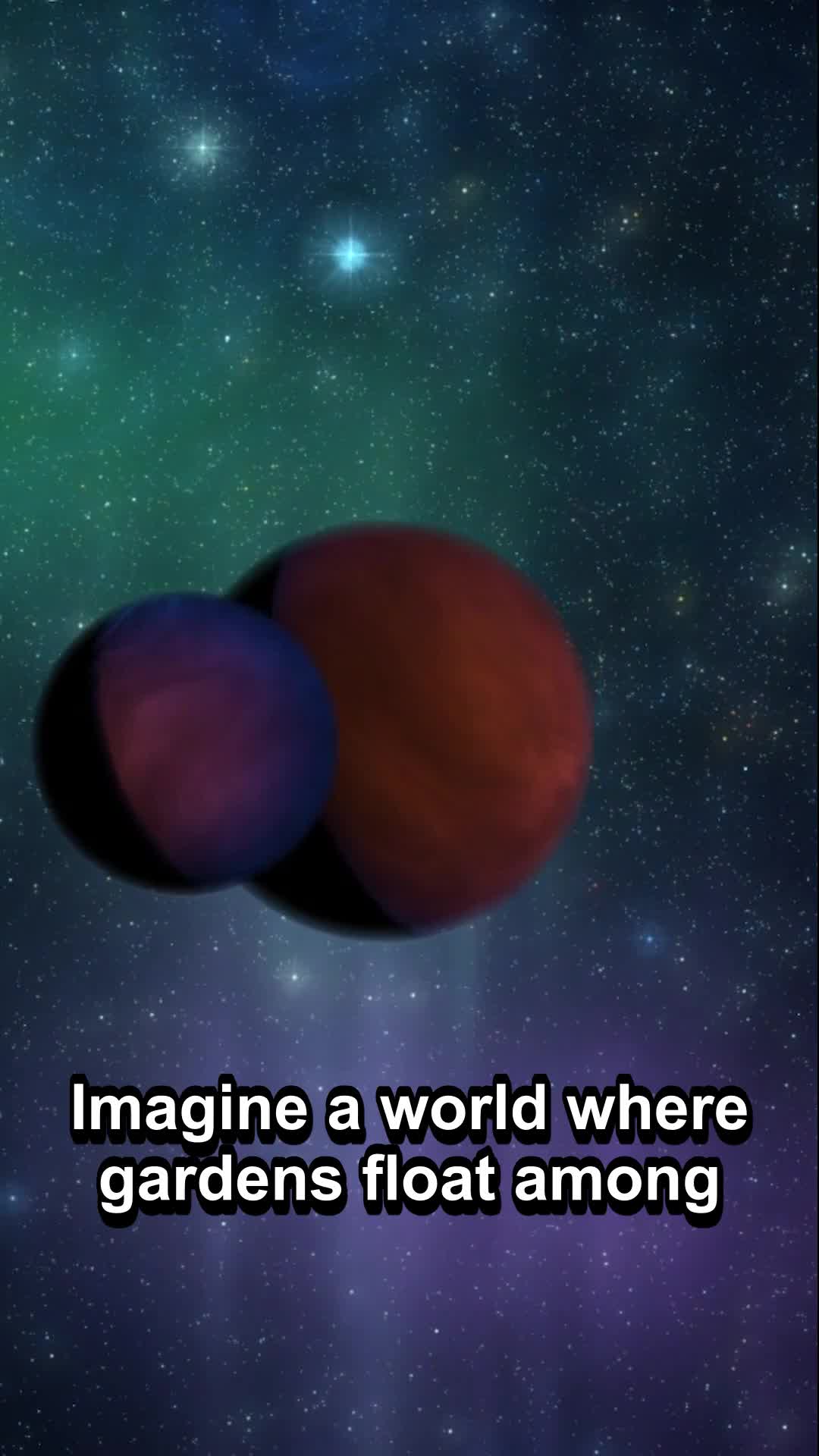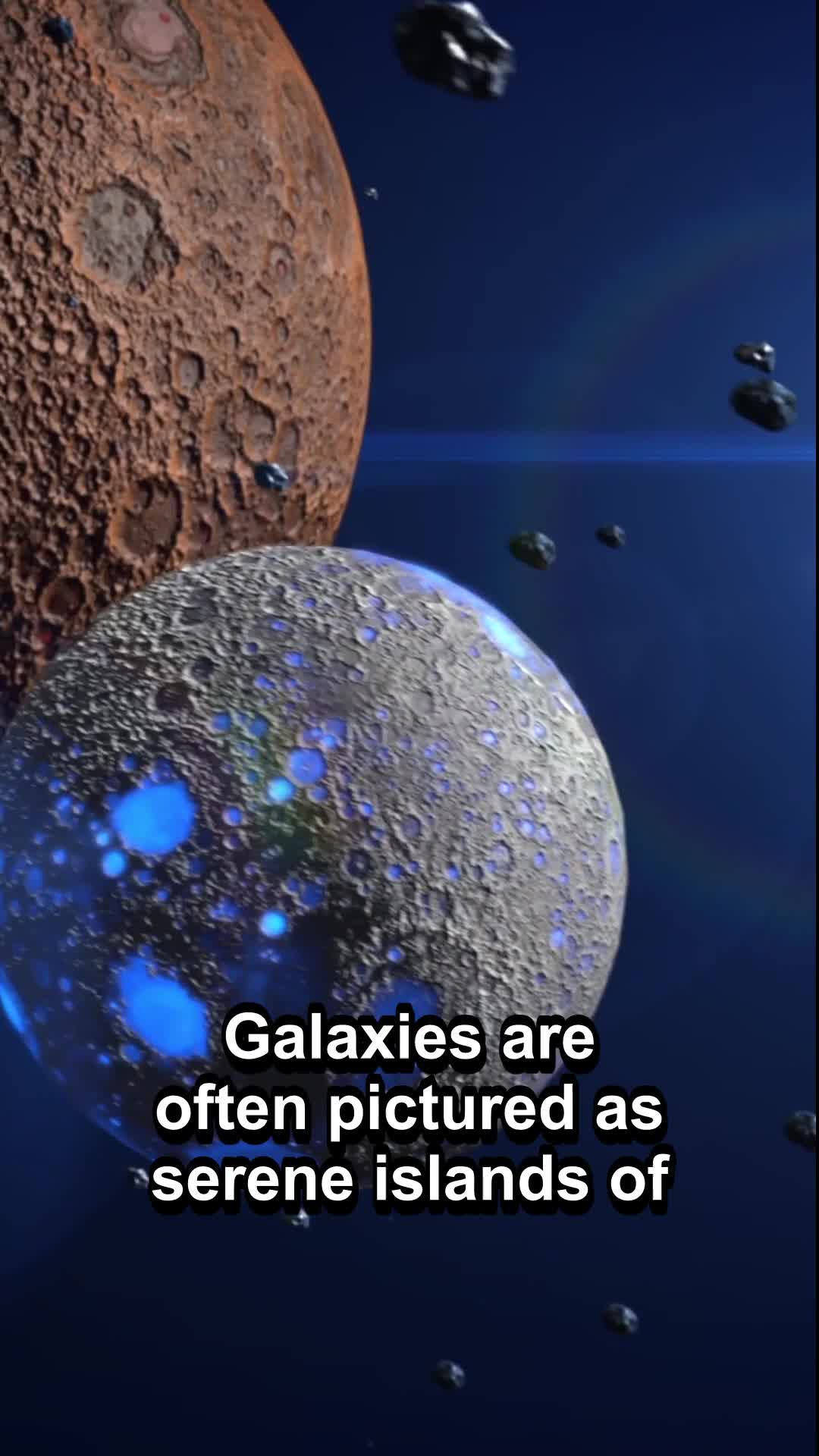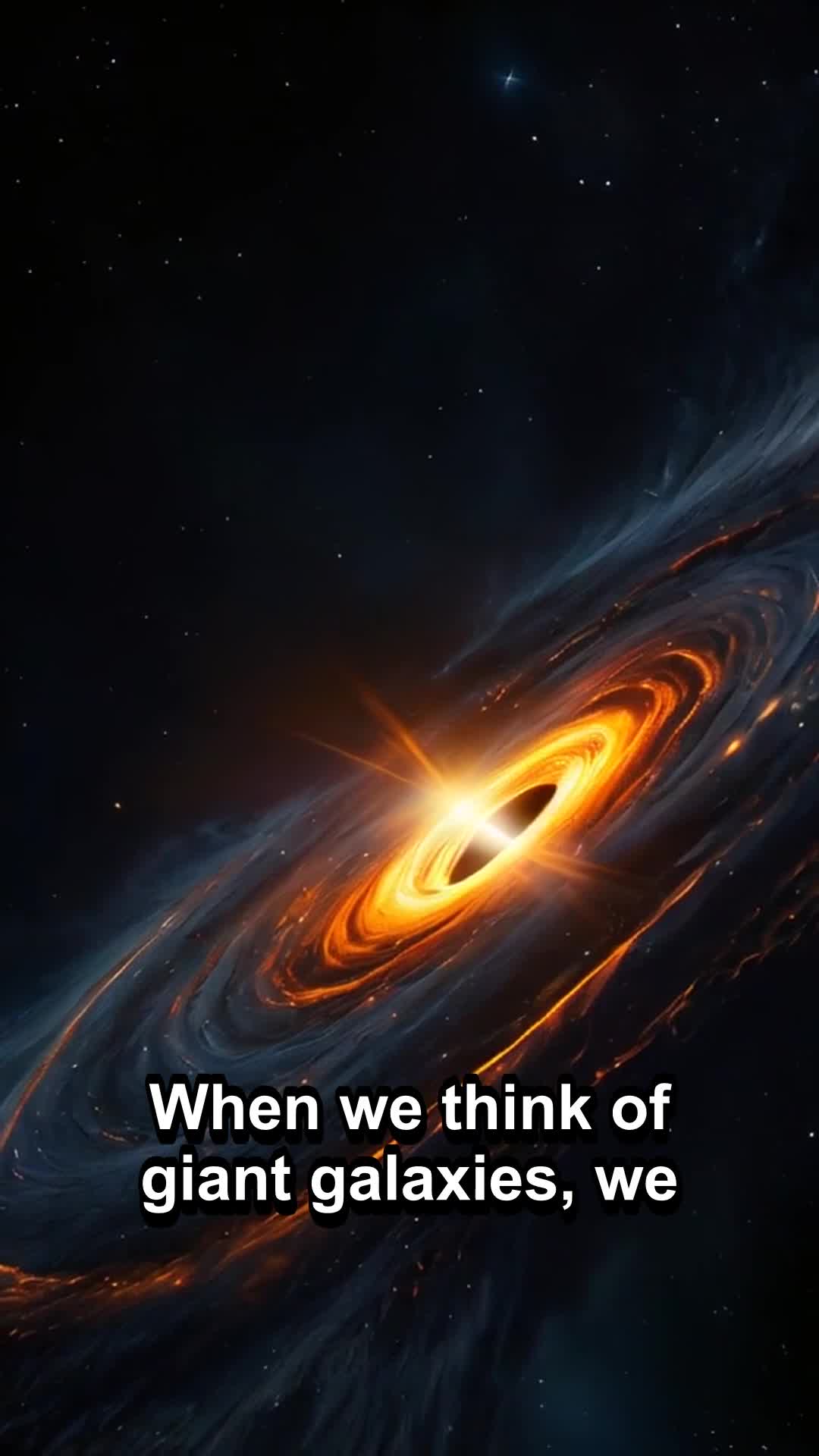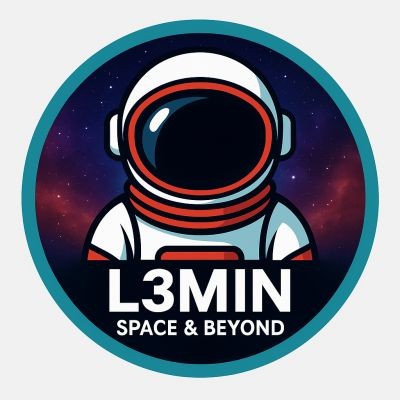"Exploring the Limits: Could Anything Travel Faster Than Light?"
In this intriguing video, we delve into one of the most fascinating questions in physics: Is it possible for anything to move faster than light? Spanning just over 20 minutes, the video begins by explaining the fundamental concepts of light speed as defined by Albert Einstein's theory of relativity. It highlights why the speed of light, approximately 299,792 kilometers per second, is often considered the ultimate speed limit in the universe. The narrator, a seasoned physics expert, takes viewers on a journey through the latest research and theories that challenge this long-held belief. The video includes interviews with leading physicists who discuss speculative theories like tachyons, hypothetical particles that could move faster than light. Additionally, it covers the concept of quantum entanglement, which some scientists interpret as a phenomenon allowing instantaneous communication over long distances, seemingly defying the light-speed barrier. Visual aids and animations are used effectively throughout the video to illustrate complex theories and experiments, such as the Large Hadron Collider's role in searching for faster-than-light particles. The video also addresses the implications of faster-than-light travel, from time travel to the impact on communication and exploration in outer space. The latter part of the video is dedicated to theoretical technologies inspired by these concepts, such as the Alcubierre drive, a proposed model for a faster-than-light spacecraft. The expert explains the challenges and potential breakthroughs in making such a spacecraft a reality. This video is not only a deep dive into cutting-edge physics but also an exploration of how the answers to theoretical questions might one day transform our technology and understanding of the universe.
